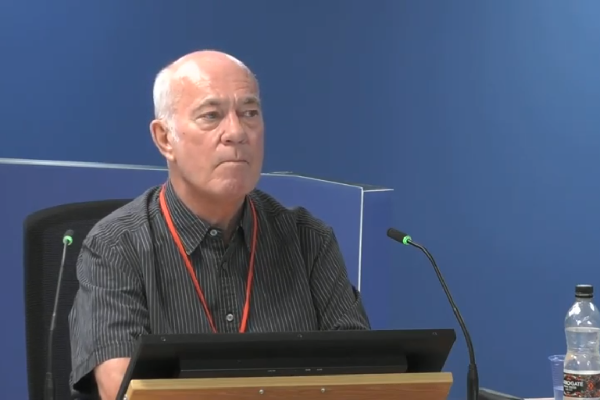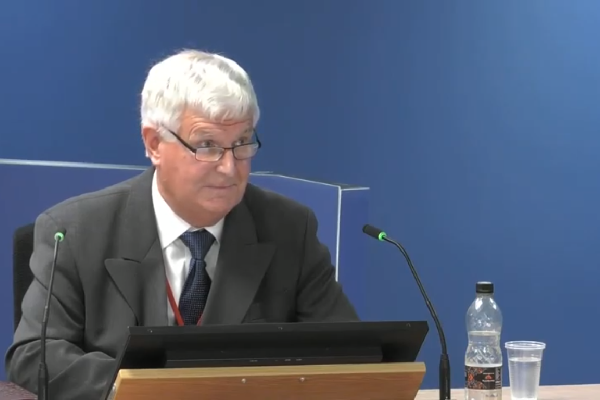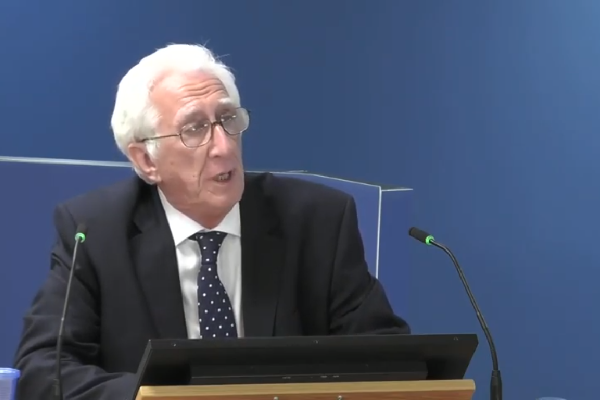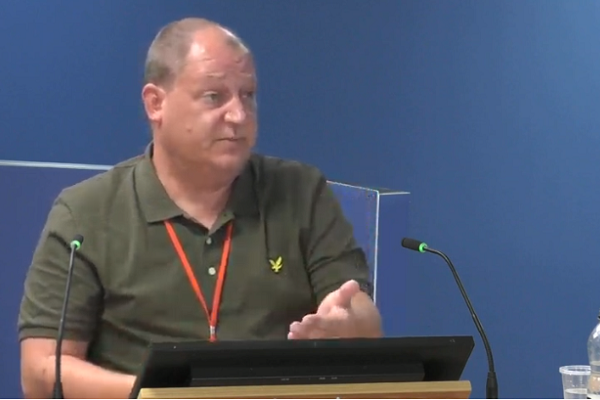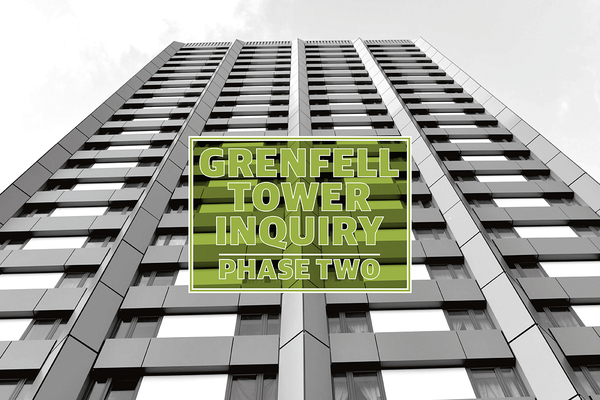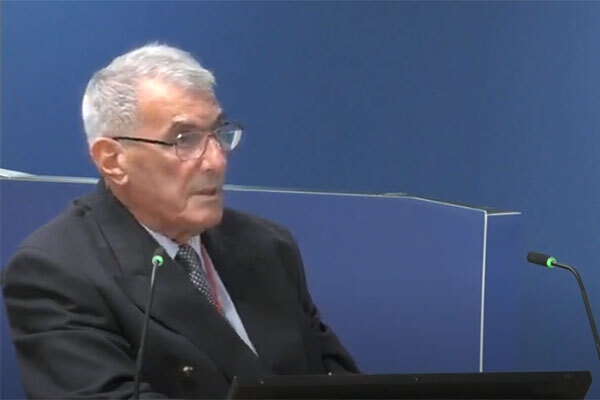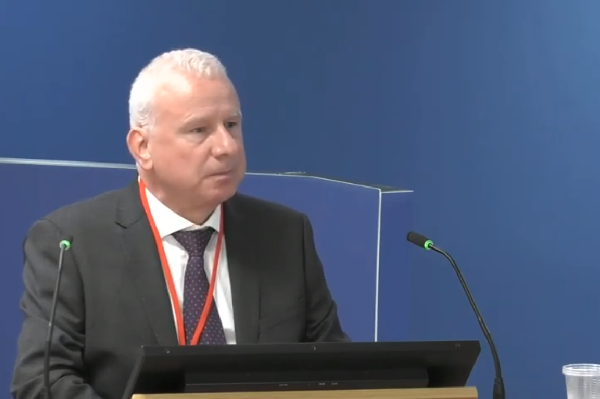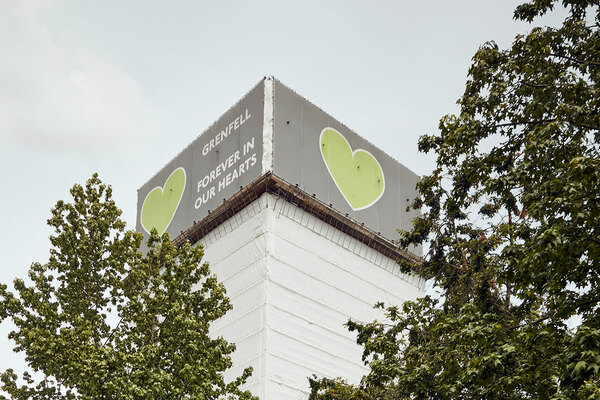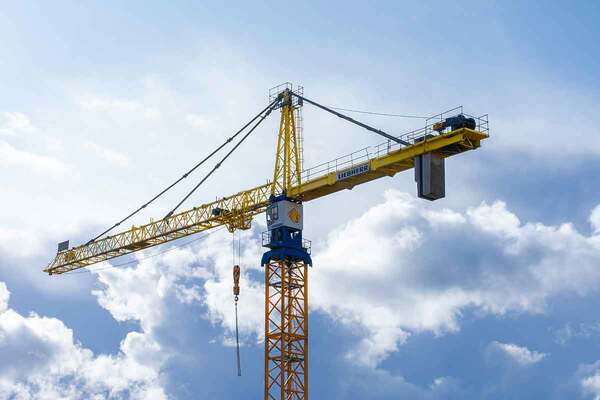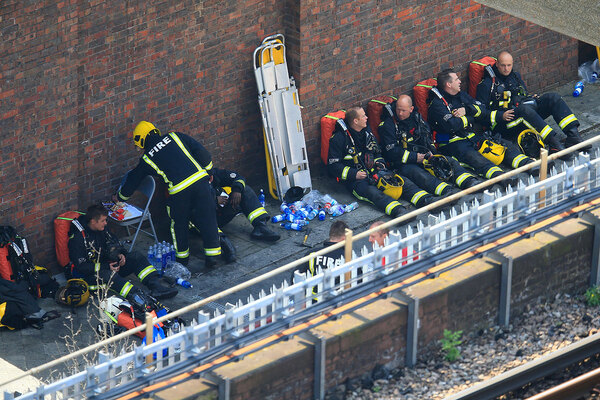No KCTMO lifts met ‘firefighting’ standards amid ‘fundamental confusion’ over lift types, Grenfell Inquiry hears
None of the lifts in the buildings managed by the Kensington and Chelsea Tenant Management Organisation (KCTMO) met “firefighting” standards, with the organisation afflicted by “fundamental confusion” about the type of lifts in its stock, the Grenfell Tower Inquiry heard today.
Robin Calaharn, a former senior lift engineer at KCTMO, today told the inquiry into the tower-block fire that by the time he left the organisation in 2012, none of the lifts in the properties managed by the organisation met “firefighting” standards.
This entails features such as an escape hatch and secondary power supply and are the required standard for new-build properties. However, there is no obligation to retrofit lifts in existing buildings to this standard.
Mr Calaharn said all KCTMO’s lifts were instead retrofitted to meet the lower standard of ‘fireman’s lifts’.
However, he was shown numerous instances of internal KCTMO documents referring to the use of “firefighting lifts” in its stock.
At a meeting in February 2010, for example, minutes record Mr Calaharn outlining the three classifications of lifts and say “the group concluded that most of the borough’s lifts meet the majority (but not all) of the criteria which define a firefighting lift”.
“Your previous evidence was that no lifts were firefighting lifts, and they were fireman’s lifts. If so, can you help us as to why the phrase ‘firefighting lifts’ is used here?” asked Andrew Kinnier QC, counsel to the inquiry.
“No, I can’t,” said Mr Calaharn.
“It tends to speak to a fundamental confusion about the type of lifts in the TMO’s stock, doesn’t it?” asked Mr Kinnier.
“Yes,” replied Mr Calaharn, who said he did not recall the meeting and could not recall how the conclusion was reached.
Following this, Janice Wray, head of health and safety at KCTMO at the time, sent an email in March 2010 titled “Meeting requirements for firefighting lifts”, which listed various characteristics of the lifts in KCTMO’s high-rise properties.
“Can you help us as to why… you never corrected Janice Wray to say these are firemen’s lifts, not firefighting lifts?” asked Mr Kinnier.
“I don’t know why, I don’t remember that email,” replied Mr Calaharn.
He was also shown KCTMO’s fire safety policy, which said lifts serving high-rise buildings “do meet a significant number of firefighting lift criteria” despite not all criteria “being appropriate”.
“Would it be your position that to be properly classified as a firefighting lift, a lift would have to have all the features of a firefighting lift and not just some?” asked Mr Kinnier.
“Yes, I agree that it should have all the features,” said Mr Calaharn.
“Would you read this fire safety strategy as indicating that there was a tendency to use the phrase ‘firefighting lift’, even where a lift does not possess the qualities of firefighting lift?” asked Mr Kinnier.
“I agree with that, yes,” said Mr Calaharn.
He explained that one of the features a firefighting lift may be fitted with, which he did not believe would have been practical in KCTMO stock, was an escape trapdoor.
He said this dated back to the 1970s, because of “youths lift surfing” and “gaining access to the top of the lift”. As a result, he said, London County Council shut and locked all the hatches in its stock.
Yesterday, the inquiry heard another witness claim he had never seen a block of council housing with a fully compliant firefighting lift.
A previous witness said the cost of upgrading the lifts in Grenfell Tower to firefighting standards would have been up to £100,000. Mr Calaharn estimated the work at closer to £10,000, but said he accepted that the previous witness was more knowledgeable.
Roger Howkins, the inquiry’s lifts expert, is due to give verbal evidence tomorrow. He has said the modernisation of the lifts in 2004 should have tried to get as close as possible to firefighting standards, even if it was not possible to obtain full compliance.
But Warren Jenchner (above), who worked for Apex, the company which carried out the refurbishment work, told the inquiry this morning that this would have led to confusion.
“It must be a whole firefighting lift, it can’t be part of a firefighting lift,” he said. “It gives the fire brigade or anyone rescuing anyone a false sense of security. If there was a trapdoor, if there was drainage, they would think it was a full firefighting lift.”
The inquiry has been focusing on lifts in the tower over the last three days of evidence. It established in Phase One that firefighters were unable to take manual control of the lift on the night of the fire.
Three residents are believed to have died during the relatively early stages of the fire after entering a lift which halted suddenly at the 10th floor and filled with smoke.
The inquiry continues.
Sign up for our weekly Grenfell Inquiry newsletter
Each week we send out a newsletter rounding up the key news from the Grenfell Inquiry, along with the headlines from the week
Already have an account? Click here to manage your newsletters
